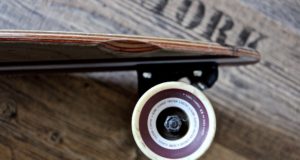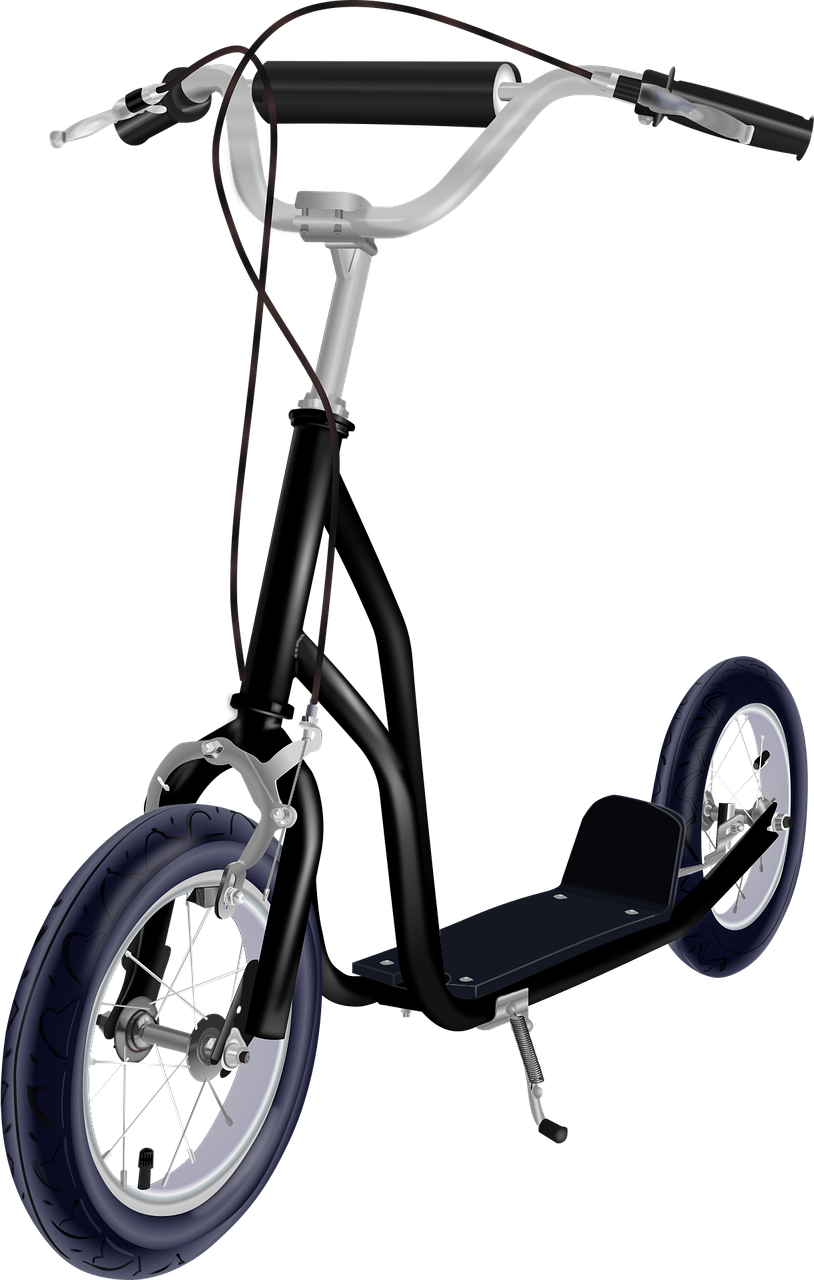Hey there, fellow thrill-seekers and board enthusiasts!
Ready to embark on an epic journey through the exciting world of longboarding? Buckle up because we’ve got the scoop on everything you need to know about cruising, freestyle, freeride, and downhill riding styles.
From choosing the right board to discovering the coolest riding spots, we’ve got you covered. So, grab your helmets and let’s dive in!
The Basics of Longboarding
Welcome to the captivating universe of longboarding, where boards are not mere tools but extensions of a rider’s soul. Like a craftsman shaping a masterpiece, longboards are meticulously designed for distinct purposes and styles. Embracing diversity, these boards cater to the varied tastes and preferences of riders, offering a thrilling canvas for self-expression and adventure.
Must Read:
Pintails: The Classic Cruisers
Picture yourself gliding down a sunlit boardwalk, wind in your hair, and the rhythmic sound of waves in the background. That’s the essence of pintail longboards – the classics, the time-honored choice for cruisers. With their elegant, elongated shape, they offer stability and grace, making them the ideal companion for leisurely rides and scenic routes.
Drop-Throughs: The Steady Descenders
Now, if your heart races at the thought of descending steep hills with controlled precision, drop-through longboards are your best friends. These boards, designed with cutout sections allowing your trucks to be mounted through the deck, offer a lower center of gravity. This design feature translates into unparalleled stability, ensuring you can conquer downhill slopes with confidence and style.
Kicktails: The Playful Tricksters
Imagine a bustling urban landscape – staircases, ramps, and curbs waiting to be conquered. That’s the playground of kicktail longboards. These boards, distinguished by their upturned ends, give riders the ability to pop ollies, perform spins, and navigate tight corners effortlessly. If you’re the adventurous type who loves to push the boundaries of what’s possible on a board, kicktails are your ticket to a world of endless tricks and flips.
Remember, choosing your longboard is not just a decision; it’s a connection. It’s about finding that perfect dance partner, a board that complements your style and spirit.
Gearing Up: Essential Longboarding Gear
Ah, safety – the unsung hero of every thrilling adventure. Longboarding is no different. Before you set foot on your board, it’s imperative to armor up, ensuring you’re ready to face any challenge the streets might throw your way.
The Helmet: Your Brain’s Best Friend
Your noggin is priceless, so protect it like the treasure it is. Invest in a top notch helmet that fits perfectly. Make sure it help you in both comfort and security.
Remember, it is not just a piece of gear. It is your guardian angel shielding you from the unexpected.
Knee and Elbow Pads: Guardians of Your Joints
Knees and elbows might seem sturdy, but trust us, they appreciate a little extra love. Properly fitted knee and elbow pads ensure that unexpected falls won’t turn into painful bruises and scrapes.
They’re the unsung heroes of your longboarding escapades, allowing you to push your limits without fearing the consequences.
Slide Gloves: Your Ticket to Freeriding Freedom
Ever dreamt of gracefully sliding down a hill, hands skimming the pavement, feeling the rush of wind against your face? Slide gloves make that dream a reality. These trusty companions not only protect your palms but also enable you to execute smooth slides, adding an artistic flair to your freeride adventures. They’re the key to unlocking the full potential of your longboarding prowess.
Longboarding Styles Demystified
Cruising: Smooth Sailing on the Streets
Cruising isn’t just a ride; it’s a serenade to the senses. Picture this: you, your board, and the open road. Cruising is the art of moving without a care in the world, a ballet of balance and grace. It’s as if your longboard has a mind of its own, gliding effortlessly beneath your feet.
Imagine dancing on air, the wind tousling your hair, and the rhythmic hum of wheels on pavement. In the world of cruising, you’re not just moving; you’re grooving. It’s a sweet symphony composed by the harmony of your board and the streets.
Freestyle: Mastering Tricks and Flicks
Freestyle longboarding is where imagination takes flight and gravity takes a backseat. It’s a canvas, and your longboard is the brush. With every cross-step, spin, and slide, you’re painting a masterpiece on the asphalt. Freestyle isn’t just about tricks; it’s about pushing the boundaries of what’s possible.
It’s an art form, an expression of creativity that transforms mundane sidewalks into your personal playground. In the realm of freestyle, your board becomes an extension of yourself, and the streets transform into a stage for your daring performances.
Freeride: Embracing the Thrill of the Slide
The “Freeride” style is for adrenaline junkies, where chaos meets control in a thrilling dance.
Picture this: you’re hurtling down a hill, the world blurring around you, and your board responding to every shift in your weight. It’s not just about speed; it’s about style, finesse, and the art of the slide.
Freeride is a story told in every curve, every hairpin turn, and every perfectly executed slide. It’s a symphony of heart-pounding excitement and calculated movements, where each slide leaves a mark on the pavement, and every ride tells a tale of daring escapades.
Downhill: Defying Gravity at Breakneck Speeds
Downhill longboarding is the epitome of speed, courage, and the pursuit of the ultimate rush. Imagine hurtling down a mountain road, the world a blur of colors, and the wind a fierce competitor.
Downhill is not just a sport; it’s a dance with gravity itself.
It’s about defying the laws of nature, reaching mind-boggling speeds, and maintaining nerves of steel. Picture yourself carving down steep hills, your body low to the ground, the adrenaline pumping through your veins, and the world whizzing past in a breathtaking blur. In the realm of downhill, you’re not just a rider; you’re a daredevil, defying gravity and embracing the pure magic of speed.
So, whether you’re cruising, freestyling, freeriding, or defying gravity in downhill races, each style is a unique adventure, a chapter in the exhilarating tale of longboarding.
Grab your board, hit the streets, and let the wheels of your longboard carry you into the heart-pounding world of endless possibilities!
People Also Read:
The Legends, the Brands, and the Riding Spots
Legendary Riders: Heroes of the Longboarding Universe
In the heart of the longboarding universe reside the heroes, the pioneers, and the trailblazers. These legends aren’t just riders; they are the architects of the sport’s history. Take Dandoy Tongco, for instance – a name synonymous with fearlessness. His daring maneuvers and fearless spirit echo in the hearts of every aspiring rider. Then there’s Amanda Powell, whose style is not just a statement; it’s an art form. Her grace on the board is a testament to the elegance that longboarding embodies. These legendary riders aren’t just inspiration; they are the embodiment of what it means to live and breathe the stoke.
Top Longboard Brands: Where Quality Meets Performance
When it comes to crafting longboards, some names resonate louder than others, like the melodic chords of a favorite song. Loaded Boards – where innovation meets artistry. Each board is a masterpiece, carefully sculpted to redefine the boundaries of what a smooth ride truly means. Then there’s Sector 9, a brand that doesn’t just make boards; it engineers experiences. Every curve, every contour is designed with precision, offering riders an unparalleled journey. And of course, there’s Landyachtz, where tradition meets innovation. Their boards are a fusion of time-tested craftsmanship and cutting-edge technology, ensuring that every ride is a symphony of performance and durability.
Hidden Gems: Discovering the Coolest Riding Locations
What’s a longboarding adventure without the perfect stage? The world is adorned with hidden gems, waiting to be explored by the wheels of your longboard. Imagine cruising down the scenic hills of San Francisco, the cityscape unfolding like a breathtaking painting. Or picture yourself on the winding roads of Switzerland, where every turn is a new adventure, and every slope is a challenge waiting to be conquered. Then there are the bustling streets of Tokyo, where the juxtaposition of ancient traditions and modern energy creates a tapestry of experiences. These locations aren’t just spots; they are portals to a world of endless exploration. Grab your board, venture forth, and uncover your very own secret paradise – because in the world of longboarding, every street is a story waiting to be written, and every ride is a chapter in the grand epic of adventure
Conclusion: Ride On, Riders!
That concludes our journey through the diverse and exciting realm of longboarding riding styles! Always bear in mind, whether you’re gracefully cruising, mastering freestyle tricks, embracing the thrill of freeriding, or defying gravity in downhill races, the essence lies in the thrill, creativity, and safety of your ride.
Gear up, step out and let your passion guide you along the way. Longboarding is not just a sport; it’s an art. The streets are your canvas, and your board is your brush – paint your story with every glide.
Your longboarding adventure awaits. Carve your path, embrace the wind, and keep the stoke alive. The world is your playground; let your wheels echo your spirit. Onward, riders! 🛹✨












































